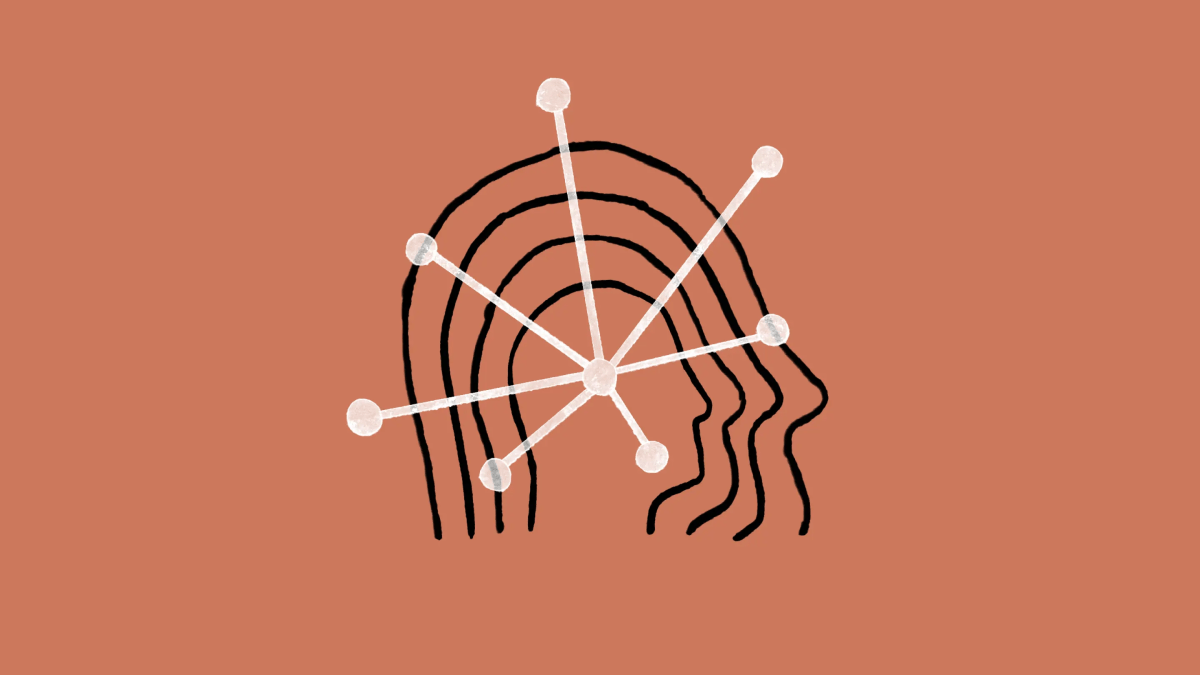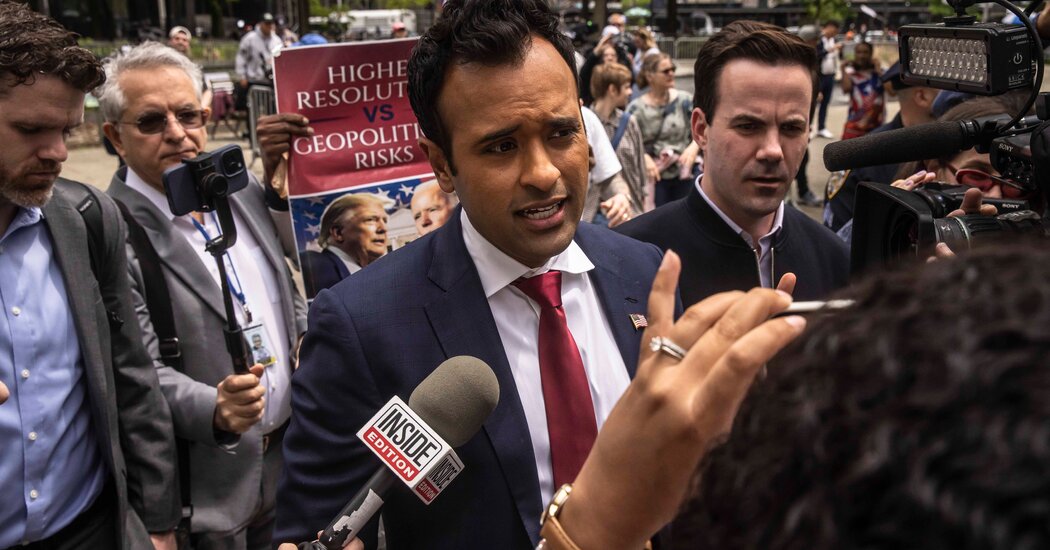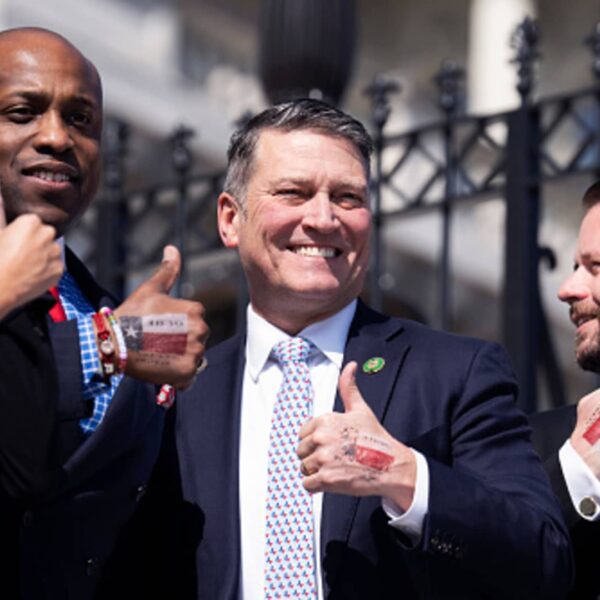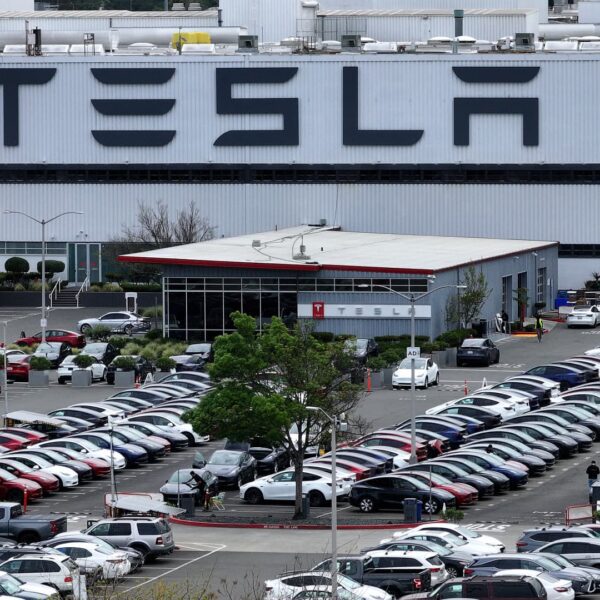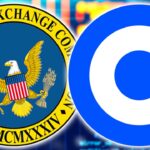

Federal Reserve official Neel Kashkari yet again reiterated the Fed’s wait-and-see approach about possible rate cuts, which he has already called unlikely.
On Tuesday, in an interview on CNBC, Kashkari, who serves as the president of the Federal Reserve Bank of Minneapolis, said the Fed has an ace up its sleeve—a strong job market—as it holds off on making any rushed decisions about interest rates.
“Right now we’re in a good position because the labor market remains strong in the U.S.,” Kashkari told CNBC. “So we have the luxury of being able to sit here until we gain confidence on where inflation is headed.”
The unemployment rate in the U.S. was 3.9%, according to Labor Department data from April. The fact that unemployment hasn’t shot up as inflation fell has defied conventional wisdom, which says the two should have an inverse relationship. But with the job market healthy and not sending droves of Americans to the unemployment lines, the Fed can afford to take its time to properly assess what to do about stubborn inflation.
“Most people thought that we’d be in a recession toward the end of last year—that didn’t happen,” Kashkari said. “Instead we have very strong growth. US consumers have remained remarkably resilient. The housing market has remained resilient. So I’m not seeing the need to hurry and do rate cuts. I think we should take our time and get it right.”
Polls show consumer sentiment ticked up in May after slipping for several months. Inflation and the overall economic outlook will also play a major factor as Americans head to the polls in November. The housing market, too, is a significant bellwether for people’s attitudes about the economy; sky-high prices and mortgage rates have come to reflect the people’s economic anxieties. All in all, though, the economy is offering mixed signals. People are employed, but prices won’t come down, and a major life milestone like homeownership is entirely unrealistic for most.
Wall Street and the Fed have also been confused this year.
The market’s expectations for rate cuts have already taken a beating in 2024. At the start of the year, Wall Street forecasted four or five rate cuts. Morningstar even went so far as predicting six rate cuts. But since January, the monthly inflation reports showed stubbornly high prices, so now the consensus is the first rate cut will come in September. The complexity of the current situation meant Kashkari wasn’t just limiting the number of rate cuts, but leaving the door open to a rate increase this year.
“I don’t think we should rule anything out at this point,” he said.
Minutes from a recent Fed meeting show several other officials were also open to the possibility interest rates would go up, rather than come down. Complicating the question of when exactly to cut rates—or if it should be done at all—is that the recent quantitative tightening hasn’t led consumers to cut back on spending.
Much of consumers’ ability to keep spending right through the current levels of inflation was because the vast majority of them remained gainfully employed, often in jobs that paid good wages. They kept the economy chugging along with disposable income in their pockets, which avoided a recession but kept inflation around 3.5%, still above the Fed’s 2% target. Buying time will help the Fed figure out if inflation will still go lower or if it’s the beginning of a new normal, according to Kashkari.
“In the beginning of this year…[inflation] moved sideways and that raised the question in my mind,” he said. “Is the disinflationary process continuing, or are we landing to more of a 3% inflation level?
Kashkari isn’t the only one to have floated the possibility of a baseline level of inflation at 3%. Last month, the investment chief of TIAA’s wealth management division Neel Mukherjee said the economy might find itself with a lasting 2.5% to 3% inflation rate because the Fed would have limited power in lowering housing and auto insurance rates, which are among the biggest drivers of inflation. Goldman Sachs has been warning of a possible 3% inflation rate as far back as November 2022. Even consumers seem to have accepted that inflation will remain at higher rates than normal, which perhaps explains their continued spending habits.


